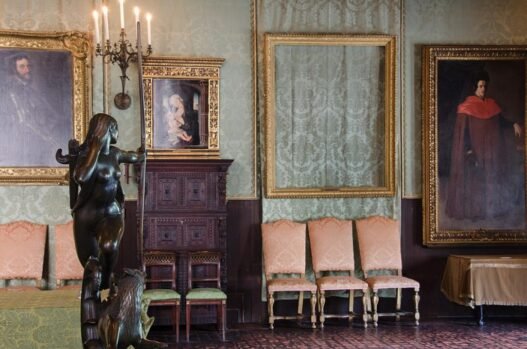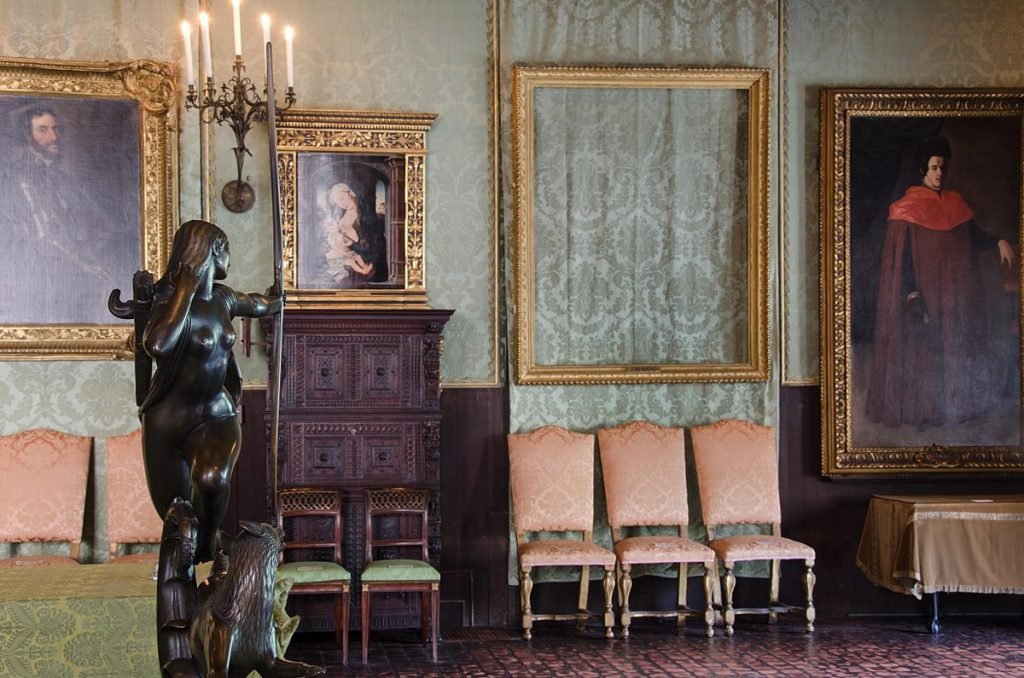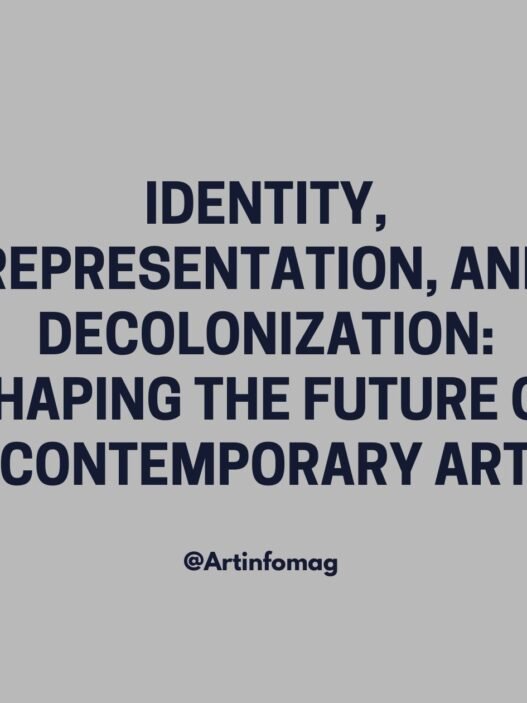The art world, often associated with elegance, culture, and beauty, has a darker undercurrent—one that thrives on obsession, greed, and secrecy. Art heists are among the most fascinating and perplexing crimes in history. They are not merely thefts of objects, but of cultural heritage, identity, and history itself. The allure of stolen masterpieces lies in their paradox: too famous to sell, yet valuable enough to risk everything for. Decades later, many of these audacious thefts remain unsolved, their missing works still haunting museums and investigators alike.
The Thrill of the Perfect Crime
Unlike conventional robberies, art thefts are often executed with cinematic precision—silent, swift, and steeped in strategy. Thieves who target masterpieces rarely do so by accident. They study security systems, guard patterns, and museum layouts. Their motivations vary: some steal for ransom, others for private collectors, and a few simply for the thrill of outsmarting the world’s most secure institutions.
Yet, despite technological advances, countless art heists remain unsolved. Priceless paintings vanish, never to resurface—hidden in basements, private villas, or even destroyed to erase evidence. What makes these cases endure in public imagination is not only the value of the artworks but the mystery of their disappearance.
The Isabella Stewart Gardner Museum Heist – The Holy Grail of Art Crime
On March 18, 1990, two men disguised as Boston police officers entered the Isabella Stewart Gardner Museum. Claiming to respond to a disturbance, they tied up the night guards and proceeded to steal thirteen artworks valued at over $500 million. Among them: Vermeer’s The Concert, Rembrandt’s The Storm on the Sea of Galilee, and Degas’ sketches of dancers.
Despite years of investigation, countless leads, and even deathbed confessions, none of the paintings have ever been recovered. Empty frames still hang on the museum walls—a haunting reminder of what was lost. The FBI continues to offer a $10 million reward for information, yet the crime remains one of the most baffling in art history.
The Van Gogh Museum Heists: A Recurring Nightmare
The works of Vincent van Gogh, with their vibrant colors and emotional intensity, have been particularly susceptible to theft. The Van Gogh Museum in Amsterdam has been targeted multiple times. In 1991, twenty paintings were stolen, though they were recovered relatively quickly after a car chase.
However, a more enduring mystery unfolded in 2002 when two early Van Gogh paintings, “Congregation Leaving the Reformed Church in Nuenen” and “View of the Sea at Scheveningen,” were stolen. While the thieves were eventually caught and convicted, the paintings themselves remained missing for over a decade until they were dramatically recovered in Italy in 2016, linked to a prominent mafia boss. This incident highlighted the deep connections that can exist between art crime and organized criminal networks, where masterpieces are used as collateral or currency in illicit dealings.
The Daring Daylights of the Paris Museum of Modern Art Heist
In May 2010, the Musée d’Art Moderne de la Ville de Paris experienced a startlingly audacious theft. A lone intruder, thought to be a highly skilled professional, bypassed security systems to abscond with five masterpieces: Picasso’s “Le pigeon aux petits pois,” Matisse’s “La Pastorale,” Braque’s “L’Olivier près de l’Estaque,” Modigliani’s “La Femme à l’éventail,” and Léger’s “Nature Morte au chandelier.”
The paintings, collectively valued at over €100 million, vanished within minutes, leaving authorities baffled by the seeming ease of the operation. Although a suspect, Vjeran Tomic (nicknamed “Spider-Man” for his climbing prowess), was later arrested and convicted, the paintings themselves have never been recovered. It’s believed they were likely destroyed or sold on the black market, making their recovery increasingly unlikely.
The Mystery of the Ghent Altarpiece Panel
One of the oldest and most enduring art mysteries involves a single panel from the monumental “Adoration of the Mystic Lamb,” also known as the Ghent Altarpiece, painted by Hubert and Jan van Eyck in the 15th century. In 1934, the panel depicting “The Just Judges” was stolen from Saint Bavo Cathedral in Ghent, Belgium. Despite a ransom note and several theories, the panel was never recovered.
A replica now occupies its place, a constant reminder of the original’s absence and the tantalizing possibility that it still exists, hidden away in some secret collection. The identity of the thief and the fate of “The Just Judges” remains one of art history’s most compelling cold cases.
The Louvre’s Missing Masterpiece Before the Mona Lisa
Long before Leonardo da Vinci’s Mona Lisa was stolen in 1911, the Louvre had already suffered mysterious disappearances. But the Mona Lisa theft itself became a global sensation. The culprit, Vincenzo Peruggia, was an Italian handyman who believed the painting rightfully belonged in Italy. He hid it in his apartment for two years before attempting to sell it to an art dealer in Florence.
Although recovered, the theft transformed Mona Lisa into a worldwide icon—proof that sometimes, a stolen artwork gains more fame in absence than in presence.
The Mystery of the Dresden Green Vault
In 2019, a group of thieves broke into the Green Vault museum in Dresden, Germany, escaping with 18th-century royal jewels valued at over $100 million. Despite extensive surveillance footage, the crime was executed in less than eight minutes. While several suspects were later convicted, the majority of the stolen jewels remain missing, their whereabouts a mystery that continues to confound investigators and jewelers alike.
Why Are So Many Art Heists Unsolved?
Art thefts are difficult to prosecute because stolen artworks are notoriously hard to trace. Paintings are often cut from frames, altered, or hidden for decades until the statute of limitations expires. The underground art market, unlike the legitimate one, is governed by secrecy and trust among criminals, making infiltration nearly impossible.
Moreover, the international nature of these crimes complicates investigations—works may cross borders within hours, ending up in private collections where they vanish from the public eye.
The Psychology of the Art Thief
Who steals art—and why? While some are professional criminals, others are driven by passion, ideology, or obsession. There are cases of insiders—museum employees or art handlers—who develop personal attachments to certain pieces. Others see themselves as modern-day Robin Hoods, reclaiming cultural heritage. The psychology behind art theft reveals a complex interplay of ego, greed, and aesthetics. These are not ordinary thieves; they often have a deep appreciation for the very art they steal.
The Enduring Allure of the Unsolved
Unsolved art heists endure as modern myths—stories that blend intellect, danger, and beauty. They remind us that art, though timeless, is also vulnerable. Each missing painting represents not just a financial loss, but a hole in our collective cultural memory.
Whether hidden in a forgotten attic or locked away in the vault of a secret collector, the missing masterpieces of history continue to whisper stories of genius and deceit. For curators, detectives, and dreamers alike, these mysteries remain an irresistible call—to uncover what was lost and to understand the strange magnetism that art holds over the human soul.
In the end, art heists are not merely crimes against property—they are acts of passion that challenge the boundaries between admiration and possession, beauty and greed. The stolen masterpieces may remain hidden, but their stories will forever captivate our imagination.



















